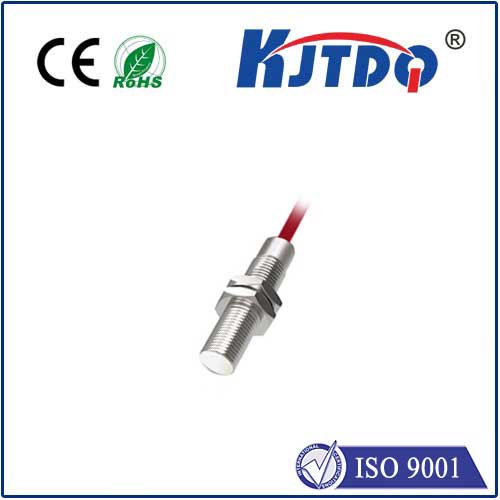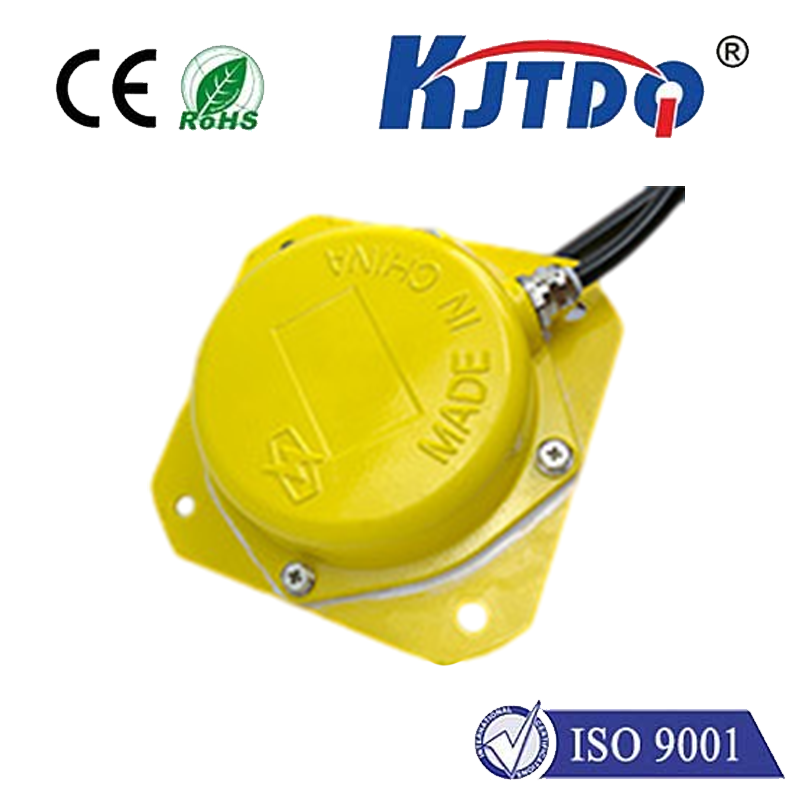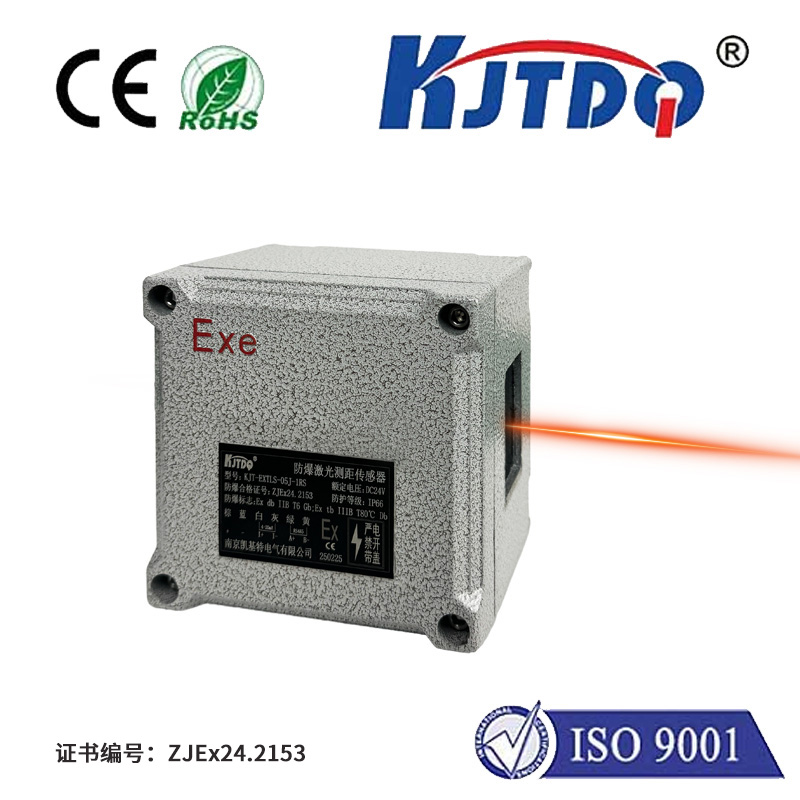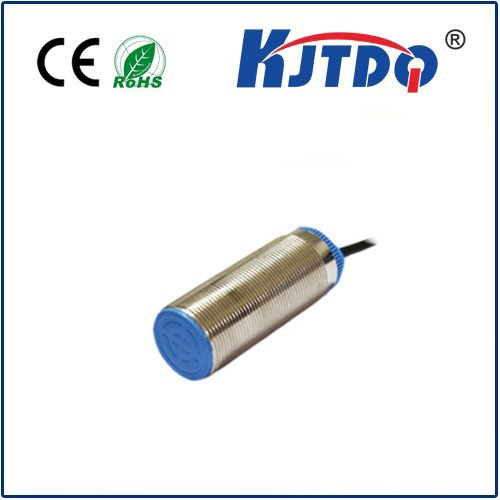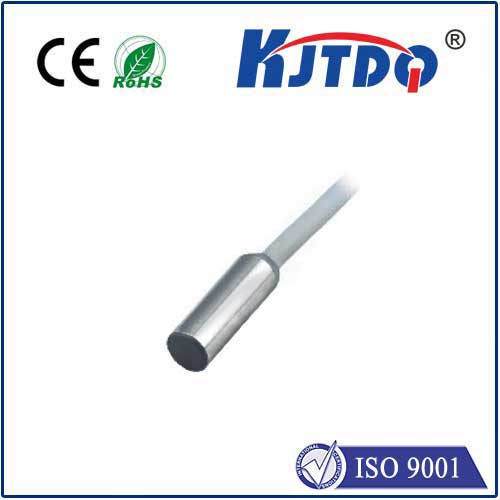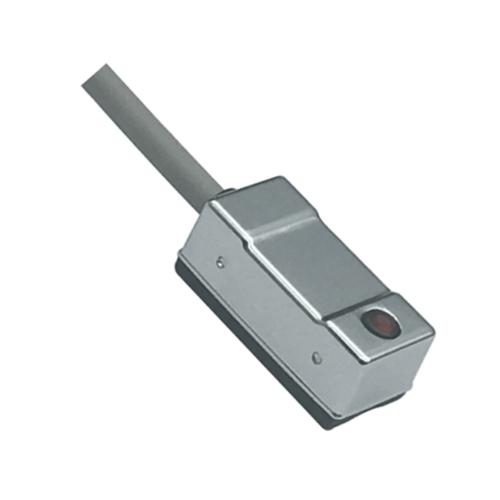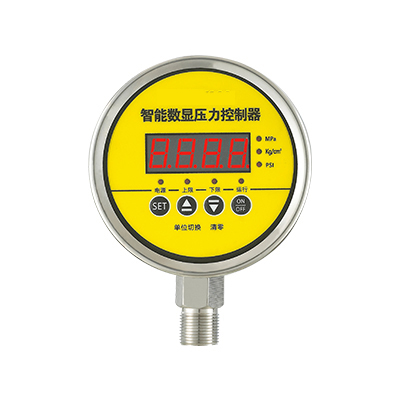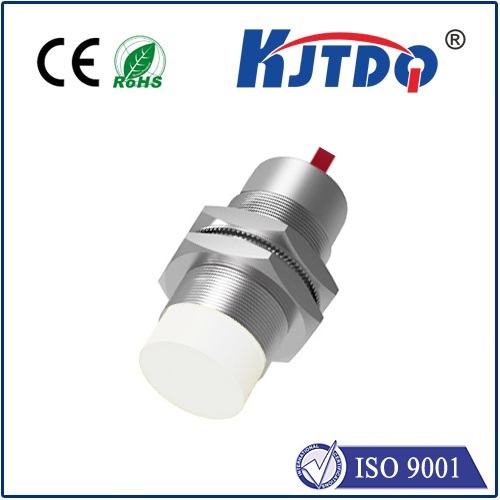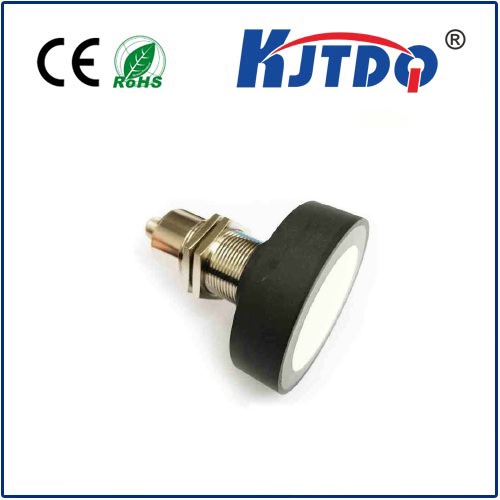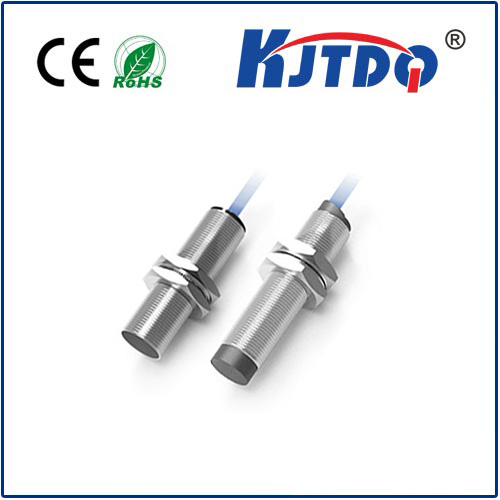BES05N8 proximity sensor
- time:2025-10-17 04:02:10
- Нажмите:0
BES05N8 Proximity Sensor: The Robust Workhorse of Industrial Automation
Imagine a complex assembly line humming with activity. Robotic arms move with precision, conveyor belts transport components seamlessly, and machines operate in perfect synchrony. At the heart of this orchestrated efficiency, often unseen but critically vital, lies a small yet powerful device: the индукционный датчик приближения. Among these unsung heroes, the BES05N8 proximity sensor stands out as a reliable and ubiquitous solution, ensuring countless processes run smoothly, safely, and without interruption.
Understanding the Core: Inductive Sensing Technology
The BES05N8 utilizes inductive sensing, a non-contact detection method fundamental to modern automation. It operates by generating a high-frequency electromagnetic field from its active sensing face. When a metal target (typically ferrous metals like steel or iron, though non-ferrous detection ranges differ) enters this field, eddy currents are induced within the target. These currents absorb energy from the sensor’s field, causing a measurable change in the sensor’s internal oscillation amplitude. Sophisticated circuitry within the BES05N8 proximity sensor detects this change and triggers an output signal – switching a load on or off – without any physical touch. This principle makes it exceptionally reliable for detecting metals in harsh, dirty, or wet environments where mechanical switches would rapidly fail.
The BES05N8: Engineered for Reliability and Performance

Developed by Pepperl+Fuchs, a world-renowned leader in industrial sensor technology, the BES05N8 embodies a design focused on durability and consistent operation. Let’s explore its defining characteristics:
- Rugged Construction: Encased in a durable nickel-plated brass housing, the BES05N8 is built to withstand the rigors of industrial environments. Its inherent robustness provides excellent resistance to mechanical shock and vibration.
- Exceptional Environmental Protection: Featuring an IP67 protection rating (IEC 60529), this sensor is dust-tight and can withstand immersion in water up to 1 meter for 30 minutes. This makes it perfectly suited for applications exposed to washdowns, coolants, oils, or outdoor conditions.
- Optimized Sensing Capabilities: The BES05N8 offers a standard detection range (Sn) of 5mm. This consistent range performance ensures reliable object detection within its specified operating parameters.
- High Switching Frequency: Capable of operating at switching frequencies up to 2 kHz, the BES05N8 excels in high-speed applications. It can reliably detect objects moving rapidly past the sensor face, crucial for processes like part counting or position verification on fast-moving conveyors.
- Flush Mounting (Non-Flush): The BES05N8 is typically a non-flush mountable sensor. This means it achieves its rated sensing range when metal targets approach its front face directly. While it requires some clearance around it, this design often provides longer effective sensing distances compared to flush-mount versions for the same nominal range. It can also detect non-ferrous metals like aluminum or brass, albeit at a reduced range.
- Electrical Versatility: Commonly available in 3-wire configurations with either NPN Normally Open (NO) or PNP Normally Open (NO) transistor outputs and operating on a wide 10-30V DC supply voltage, the BES05N8 offers flexibility for integration into diverse control systems and PLC inputs.
- Temperature Resilience: With an operating temperature range of -25°C to +70°C, this sensor functions reliably in demanding thermal conditions found in foundries, cold storage, or typical factory floors.
Where the BES05N8 Proximity Sensor Shines: Key Applications
The combination of robustness, reliability, and performance makes the BES05N8 indispensable across multiple sectors. Its primary role is detecting the presence or absence of metallic objects without contact. Here are some prevalent applications:
- Machine Tooling: Detecting tool positions, turret indexing, workpiece clamping, end-of-stroke limits, and guarding interlocks on CNC machines, lathes, mills, and presses.
- Material Handling & Conveying: Monitoring part presence/absence on conveyors, controlling sorting gates, verifying pallet positioning, and detecting filled positions in racks or silos.
- Packaging Machinery: Confirming cap placement, detecting filled bottles or cans, verifying carton presence, and controlling filling levels (metal containers).
- Automotive Manufacturing: Position sensing on assembly lines (e.g., robot end effectors, part feeders), detecting components during assembly (e.g., engine blocks, suspension parts), and end-of-travel detection on actuators.
- General Factory Automation: Counting metallic parts, controlling fluid levels (via float magnets), providing position feedback on linear actuators or cylinders (using metallic flags), and ensuring safety door interlocks are closed.
Selecting and Integrating the BES05N8 Effectively
While the BES05N8 proximity sensor is a versatile workhorse, ensuring optimal performance requires attention to detail:
- Voltage Compatibility: Always match the sensor’s supply voltage (DC) and output type (NPN or PNP) to your control system requirements. Incorrect matching can lead to malfunctions or damage.
- Target Material and Size: Confirm the target is metallic. For non-ferrous targets, expect a significantly reduced sensing range compared to the rated 5mm for steel. The target size must be large enough to reliably affect the sensor’s field; a minimum target size is usually specified relative to the sensor diameter.
- Mounting: Correctly position the sensor relative to the target path. Ensure adequate clearance around the sensing face (especially critical for non-flush sensors like the BES05N8) to prevent interference from surrounding metal structures. Secure mounting is vital to withstand vibration.
- Environmental Considerations: Although highly protected (IP67), avoid exposing the electrical connection area to constant moisture or chemical immersion unless adequately protected with conduit or sealed connectors. Ensure ambient temperatures stay within the specified range.
- Wiring: Follow standard color coding (typically Brown = +V, Blue = 0V, Black = Signal Output for 3-wire sensors) and ensure connections are secure. Protect wiring from abrasion.
Maintenance and Longevity: The Low-Impact Advantage
A significant benefit of non-contact inductive proximity sensors like the BES05N8 is their minimal maintenance requirement. With no moving parts to wear out, they offer exceptional operational life when installed correctly. Periodic checks involve ensuring the sensing face remains clean and free from heavy buildup of metallic debris or conductive dust, verifying electrical connections are tight, and confirming the target consistently actuates the sensor within the intended range.
Its proven track record, consistent performance, and ability to operate reliably in challenging conditions have cemented its place in factories worldwide. For engineers and technicians seeking a robust, dependable, and versatile solution for

